Hi, your pokemon are fighting fit. Check out these links for more information about the place:
Instagram: @mortenjoesSoundcloud: soundcloud.com/mortenjoe
Mixcloud: mixcloud.com/mortenjoe
Email: mortenjoes[at]gmail.com





Radio broadcasts from paradise (AKA Vers Libre):
Hi, your pokemon are fighting fit. Check out these links for more information about the place:
Instagram: @mortenjoes
OBS: I have disabled the teddy bear picnic on the website as I have repurposed my raspberry PI.
A long long time ago we used to have the tiniest room in the house called the computer room. It was the sanctuary for Sims and Rollercoaster tycoon. The computer room at the Fools Paradise hotel is different, and has some info on a project called the Electric teddy. Before you move on further I suggest to turn on the sound by clicking the icon on the bottom bar of this page.
What you will now be hearing is a banger of a nursery rhyme, decimated by the amount of electricity used in my household. A clean sound means low energy use, a destroyed childhood memory means we are pushing the kilowatts at home.
This is done by first hooking up to my electricity providers websocket endpoint to get the data (this is of course only possible if your electricity provider provides this data). A new datapoint is provided every 2 seconds, which is then sent to a messaging (pubsub) service (NATS.io). This means I can connect multiple listeners to this messaging channel, which is handy in this case as in addition to decimating the nursery rhyme, I want to store this data.
For the actual sound manipulation I chose to use Supercollider, as this provides the tools out of the box to decimate the sound. The tricky part was deploying this to run continously on a raspberry pi, but I got good help using this standalone version of Supercollider aimed at Raspberry Pi use. To get supercollider to react to the power used we need to somehow access the messages coming into the message queue. This is were we make use of an OSC server. Then we can have a program that listens for incoming messages, and whenever a new one comes in, send this value to the OSC server. Then Supercollider will at the same time listen to this server and when a new one comes in it will change the amount (in other words turn the digital dry/wet knob).
Then for the last part, how to get this sound from Supercollider to the world wide web. That was a faff, especially since the Raspberry Pi does not have a soundcard. In the end I found that I could start a Jack server automatically by running a program called Darkice and then configure my SC code to output to this jack server directly. In addition darkice makes a connection to an Icecast server which is deployed on the RPi. And there you have it, another pointless project.
Below I added a sketch of the setup, and below some links to most of the code. The top part of the figure shows where the data is stored and that it is visualized through Grafana. But this is irrelevant to the audio project.

Code (github):
- Consuming power data into system
- Sending data to OSC server
- Supercollider code and Darkice config (also Readme on deploy)
Welcome to the game room, pardon the mess
Here is a fun sound:
Fusion cooking:

That time I was feeling the summer, but stayed inside learning Blender:
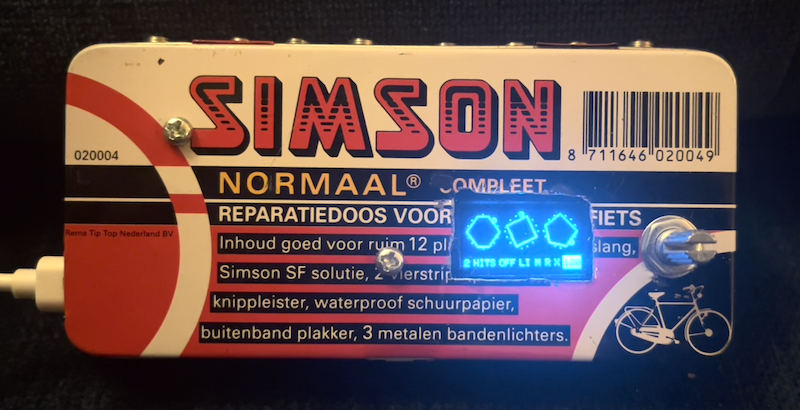
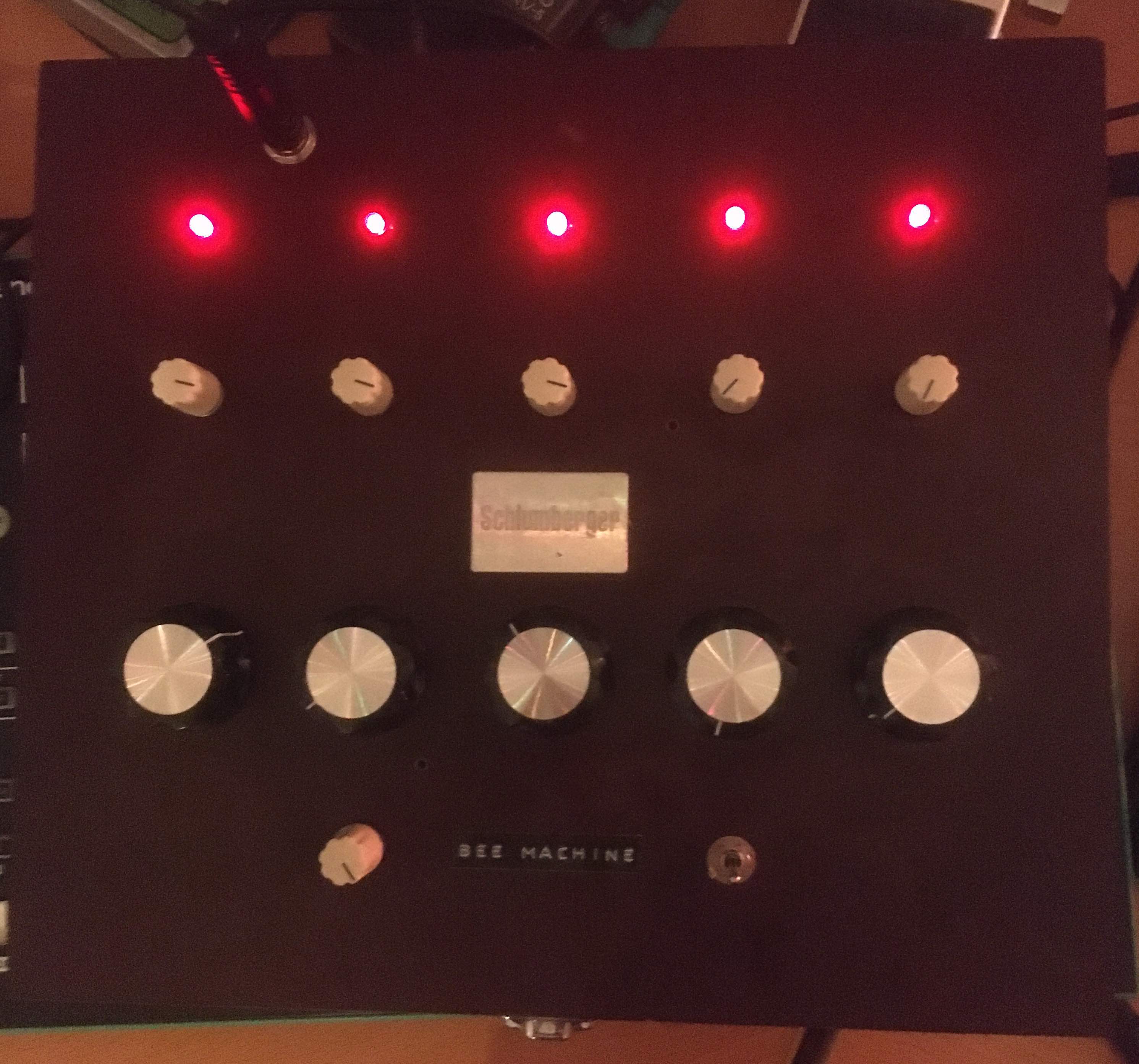
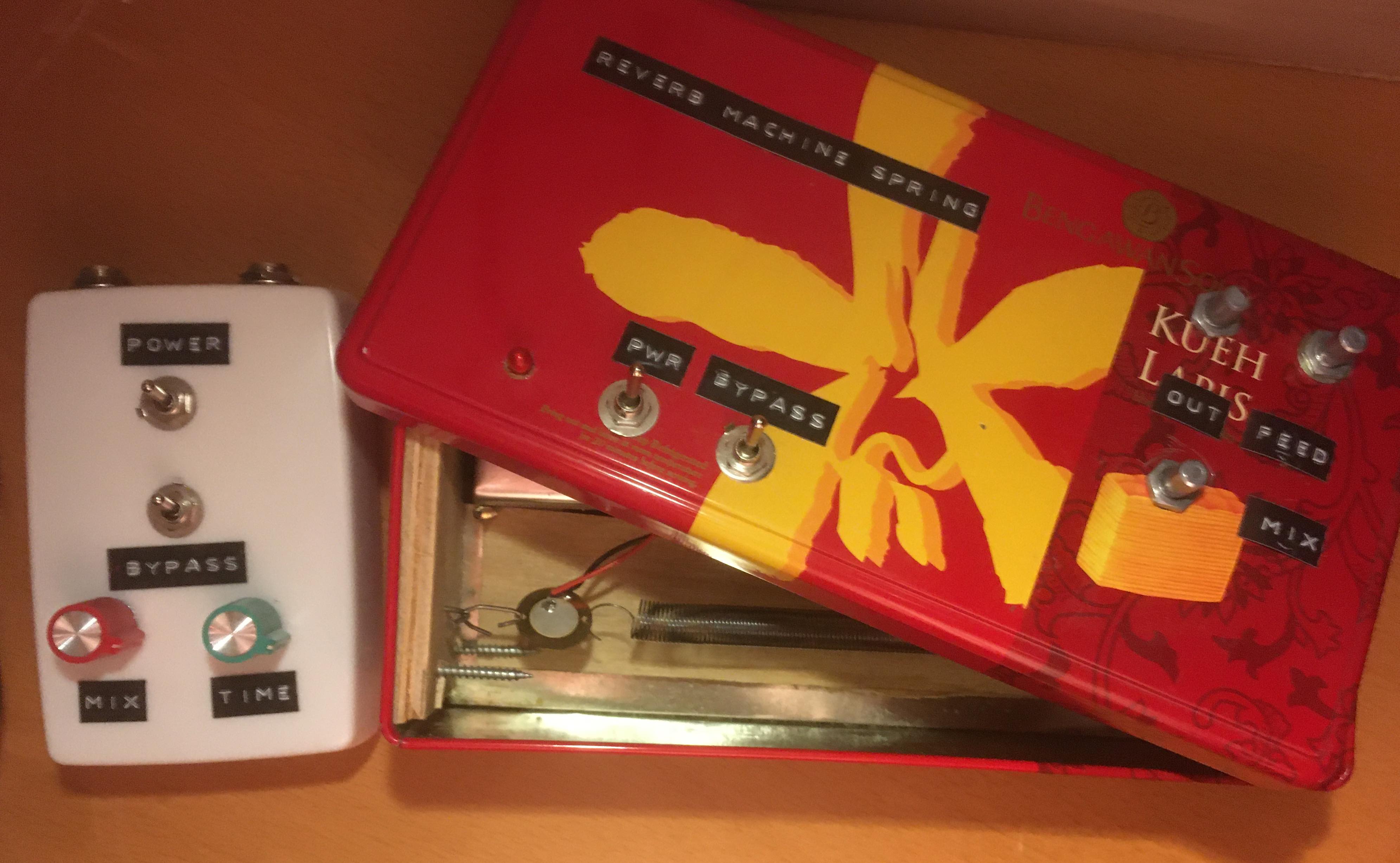
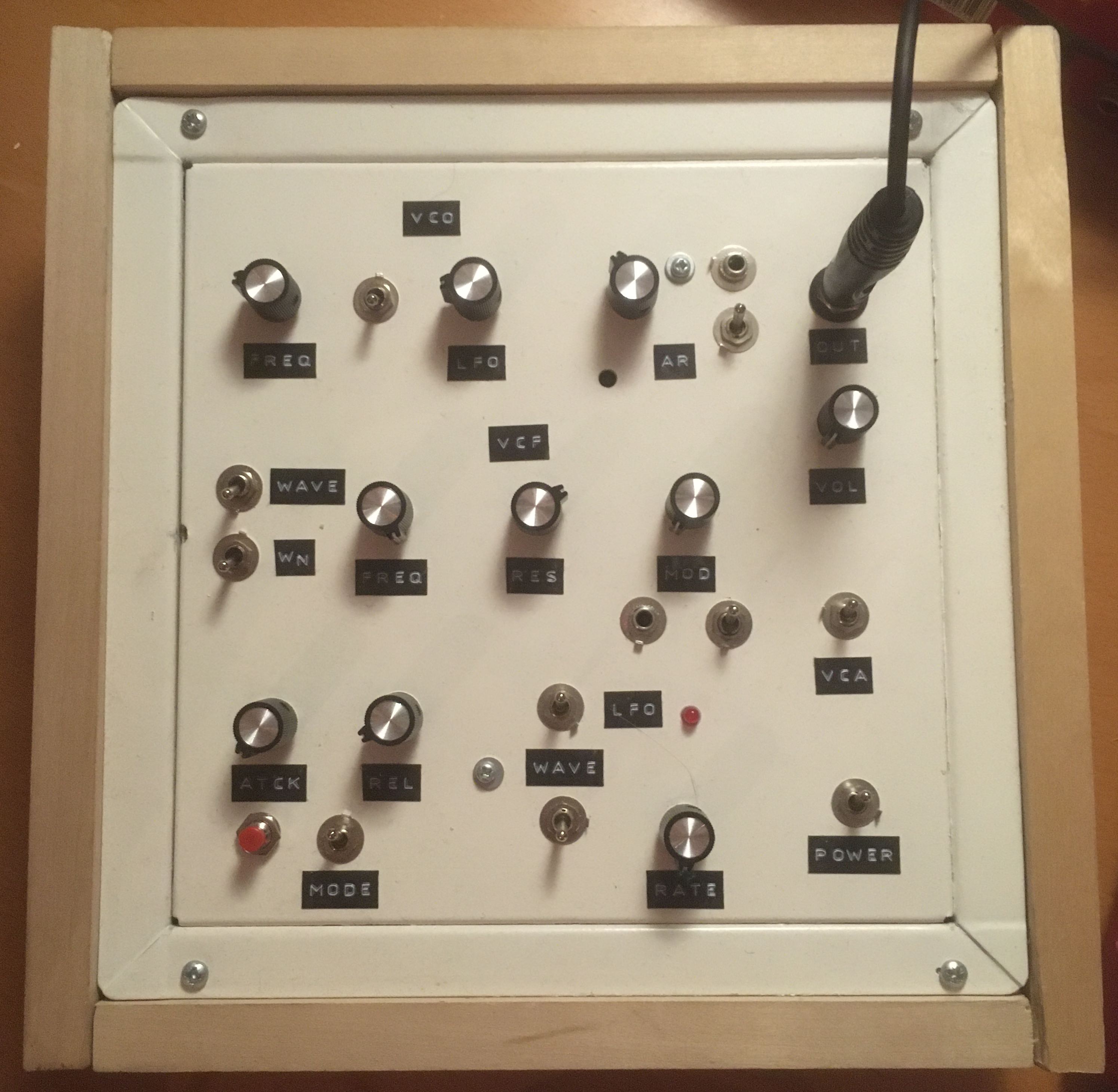
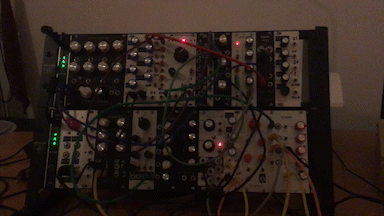
Here is some food for fools. If you have any food to add here, please send an electro-mail.
-------------------------------------


TL;DR: I finished the project by now and have a working drum machine, pretty much in line with what I envisioned when I wrote the below. All the schematics, gerbers and more can be found in the links at bottom of this page.
Welcome to my room. Here you can track the progress on my current project, the Fool's Drummachine. I don't yet exactly know myself what it will be, but we'll find out along the way. I do know that it won't have your classic 8 or 16 step trigger buttons. Also the user won't have (full) parameter control over the drum sounds. The user will get a set of dials and play around with the sequence, sounds, dynamics etc. However without the user exactly knowing what is going on under the hood. I'm gonna call it the Drumbadum for now.
The idea came up because I was after some drums to accompany my modular, without the need for 10 expensive modules, as well as me being a bit bored of your classic step sequencer interface. When searching for a solution to this problem I came across the Bastl Kastle Drum, which looks very sick, but not as musical as I'd like it too be. Also I'm after cleaner drum sounds which more fit my style. Thus this project was born. The endgoal is producing a digital hardware drum machine that is intuitive, but also has a feeling of organized randomness. More of a live performance experimental machine, than a studio recording drum machine.
The reason I choose to write this down in 90s blog style is to contribute to the amazing DIY culture that exists in electronical instruments. Seeing as this is the first project I am designing from start to finish, I think it could be fun for others who are contemplating doing the same to read my experience. I have been scared before by reading online that it is super hard making PCBs, boostrapping chips etc etc etc. I hope that at the end of the ride, I can say that such a project can be done with little to no experience. No guts no glory. Also I'm just gonna take my time. Family, work, friends and other hobbies take up a lot, so this project take a while
Go to the project page